Proposed Title :
FPGA Implementation of Low Area and Low Power Compressor based MAC Architecture for DSP Application
Proposed System:
- Reduced the power consumption compared to the existing architecture
- Simplified the area size using VHDL technique
Advantages:
- Reduce the power level
- Reduced the area size
- Fastest Multiplication

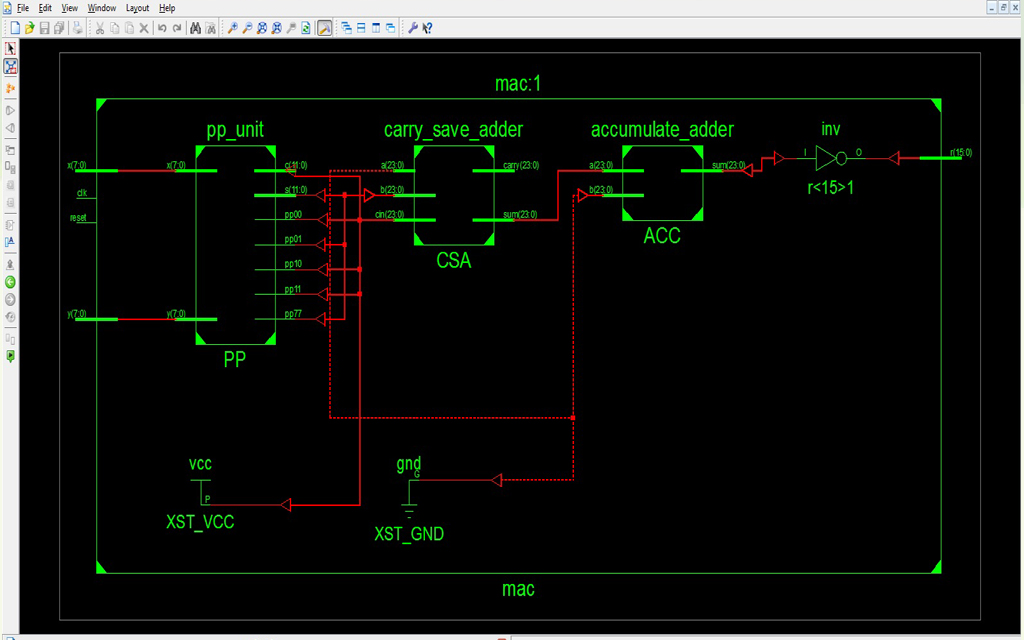
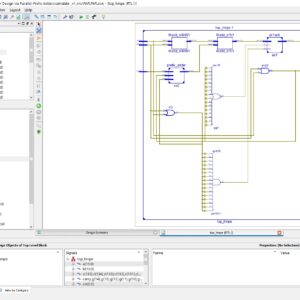
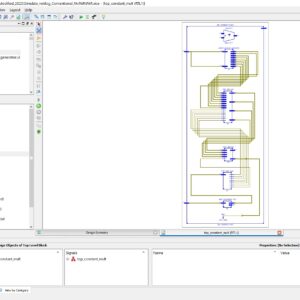
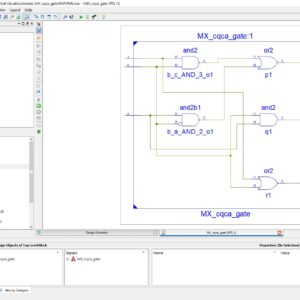

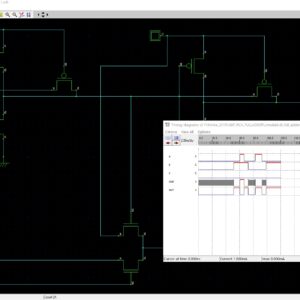
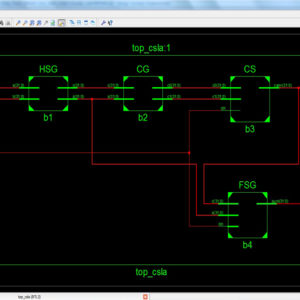


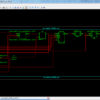
Reviews
There are no reviews yet.